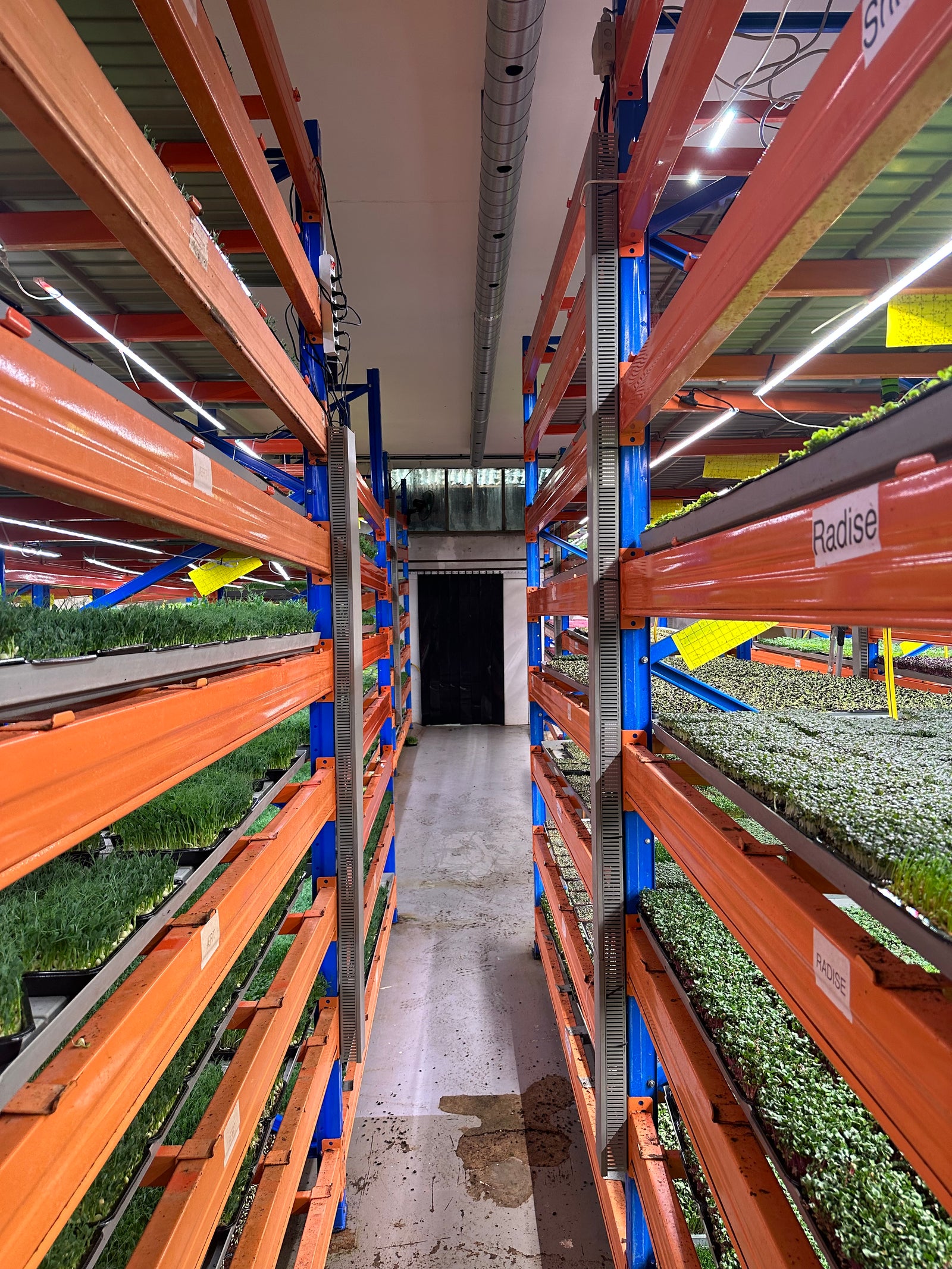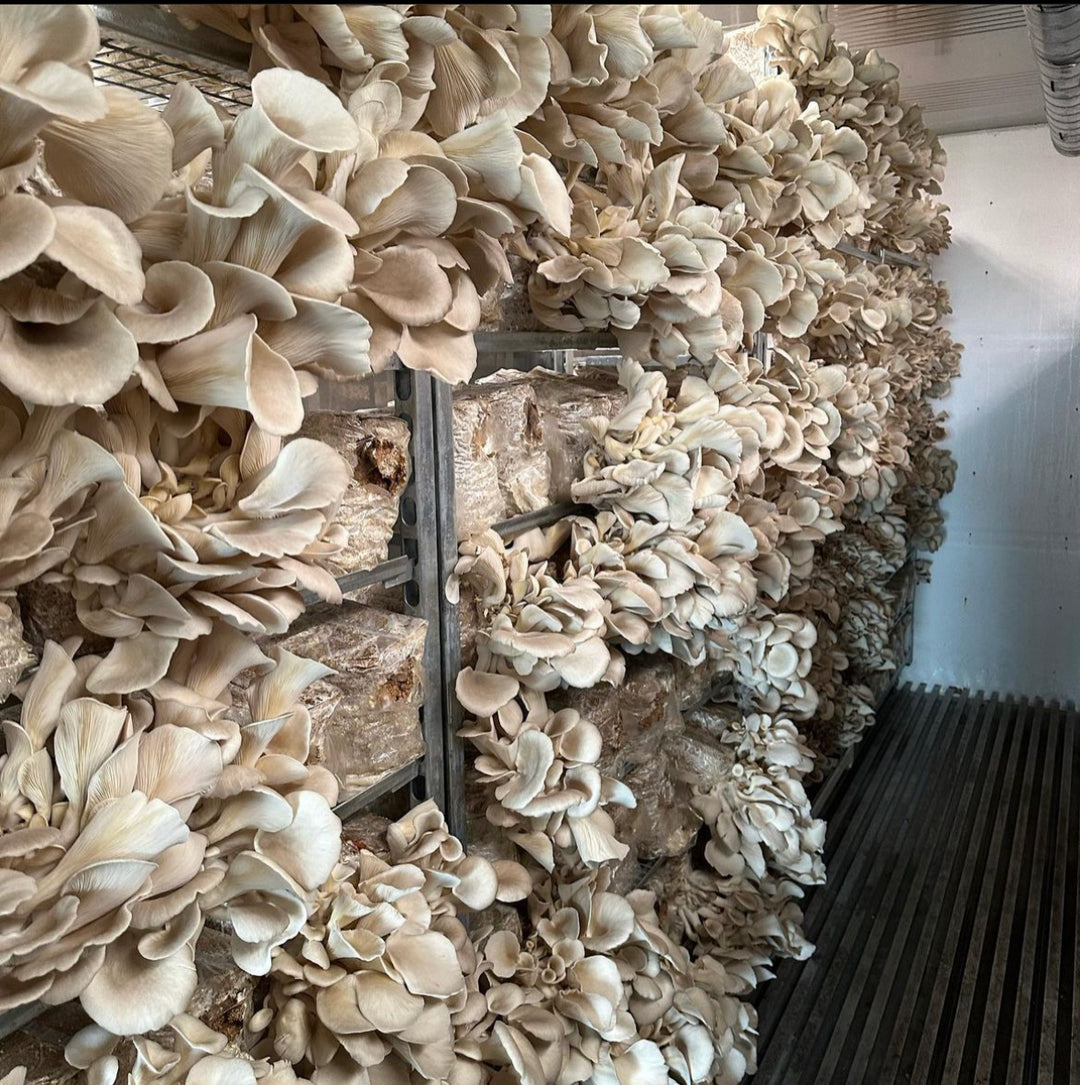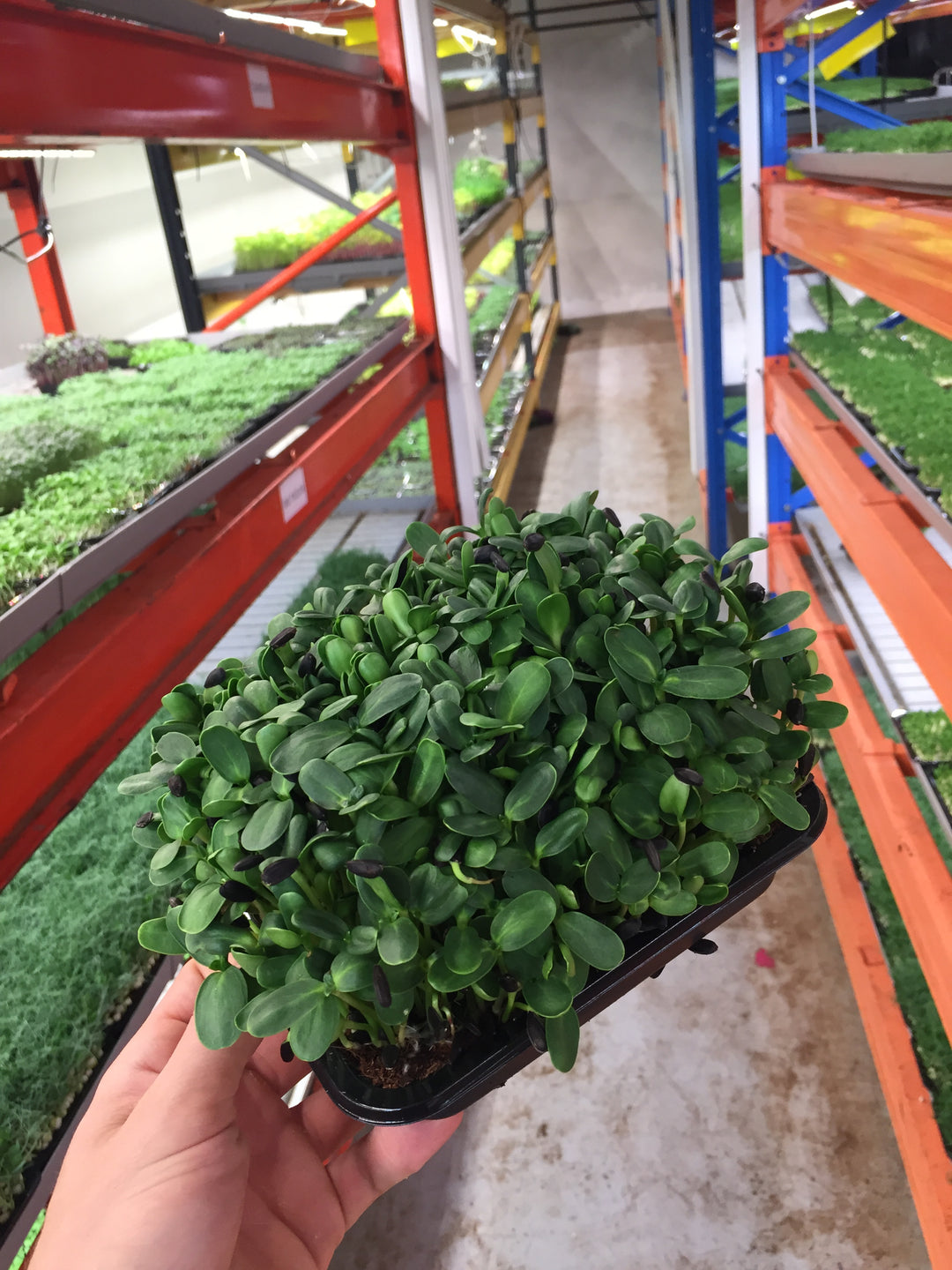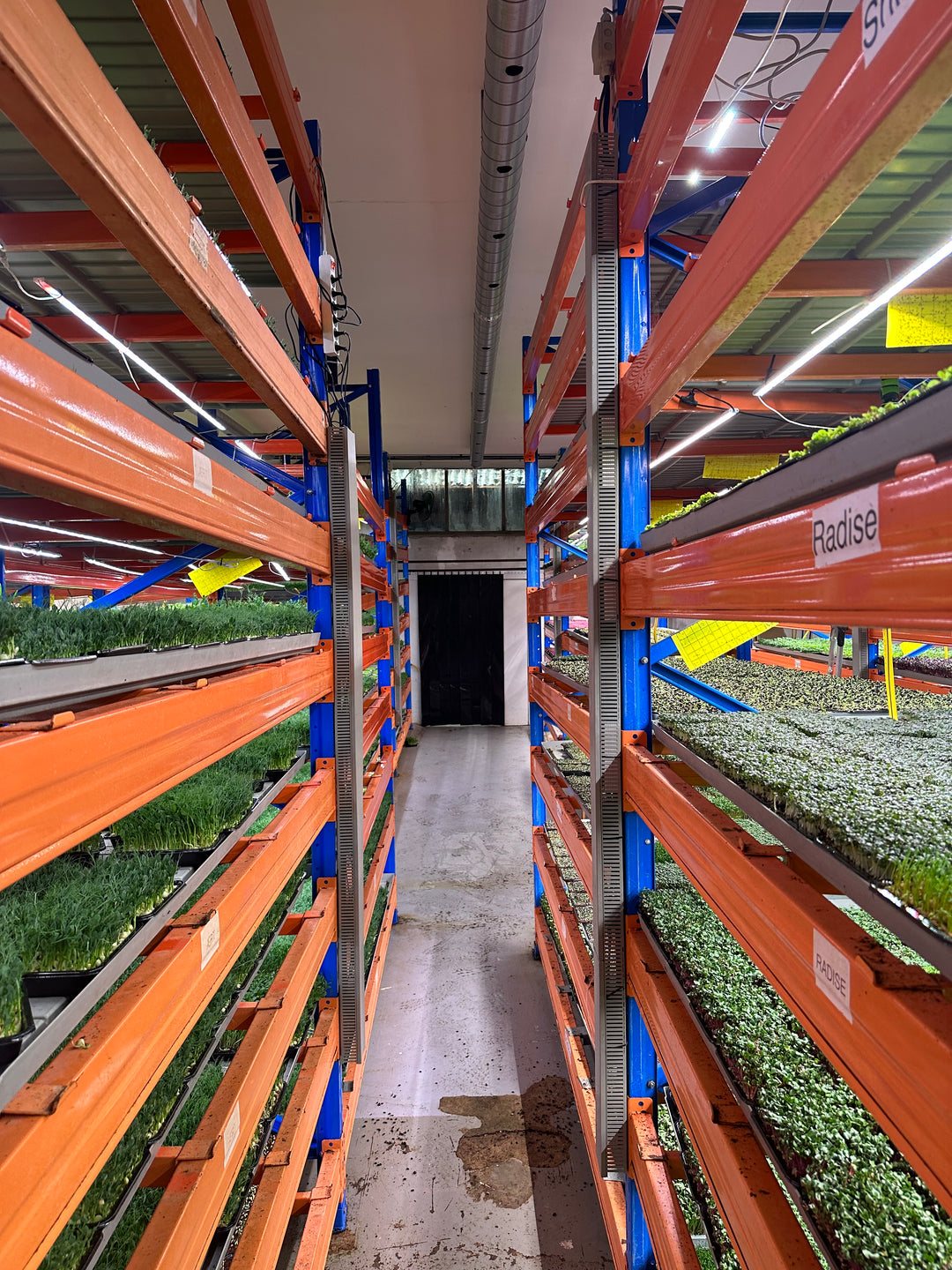Vertical Farming

Vertical farming means farming vertically – or in layers.
Which makes it possible to have plant production on a much smaller area than with ordinary greenhouse production or field production.
With Vertical Farming, you use cubic meters instead of square meters, and still achieve the same amount of crop.
With current knowledge and development, not all plants are suitable for indoor and closed farming, as Vertical Farming is.
How well they thrive also depends a lot on the plant / culture in question.
Vertical Farming in layers is particularly suitable for smaller plants without too much height, such as:
Strawberries
Salad
Herbs
Baby leaves
Chili
Mushrooms
Flowers
Etc.
In addition, Vertical Farming can be advantageously used for hanging plants, such as:
Tomatoes
Peppers
Etc.
Pros and cons
As with everything else, there are of course both advantages and disadvantages to vertical farming.
However, we see far more advantages than disadvantages:
Indoors:
Since Vertical Farming takes place indoors, it opens up the possibility of farming inside the cities and close to the population, which provides fresh and local products without long transport times.
Minimal infection:
Instead of soil, the plants stand in nutrient-rich water. They are protected against wind, weather, cold and heat.
Since the plants do not come into contact with either soil or dirty human hands, the risk of bacteria, pesticides, fungal spores, pests etc. is reduced.
Full control:
In order to achieve the most optimal growth conditions and subsequently the best raw materials, it requires a sharp management of the climate.
With Vertical Farming, it is possible to have full control over the humidity, temperature, light, fertiliser, watering and much more.
The artificial light also makes production independent of both season and climate.
Energy consumption
When full control is achieved, by e.g. to measure and analyze all parameters, you know exactly how little or how much the plants need.
The control provides a more accurate amount of fertilizer, as well as a reduction in water consumption.
By farming on/in a smaller area, there is money to be saved on things like rent, just as mentioned above, water consumption and transport can be saved.
On the other hand, there will be more costs for e.g. light, ventilation and possibly heat – unless more renewable energy is considered.
It is difficult to say with 100% accuracy what is most profitable - it requires a more in-depth analysis and overview.
With automation, Vertical Farming can be made super efficient.


